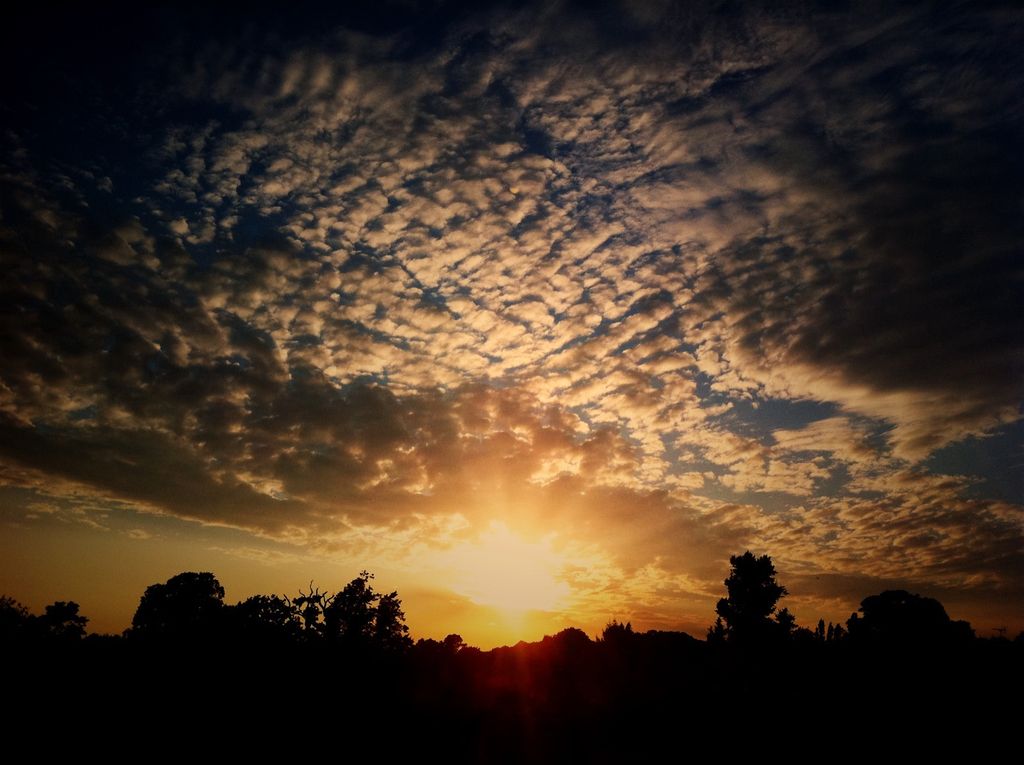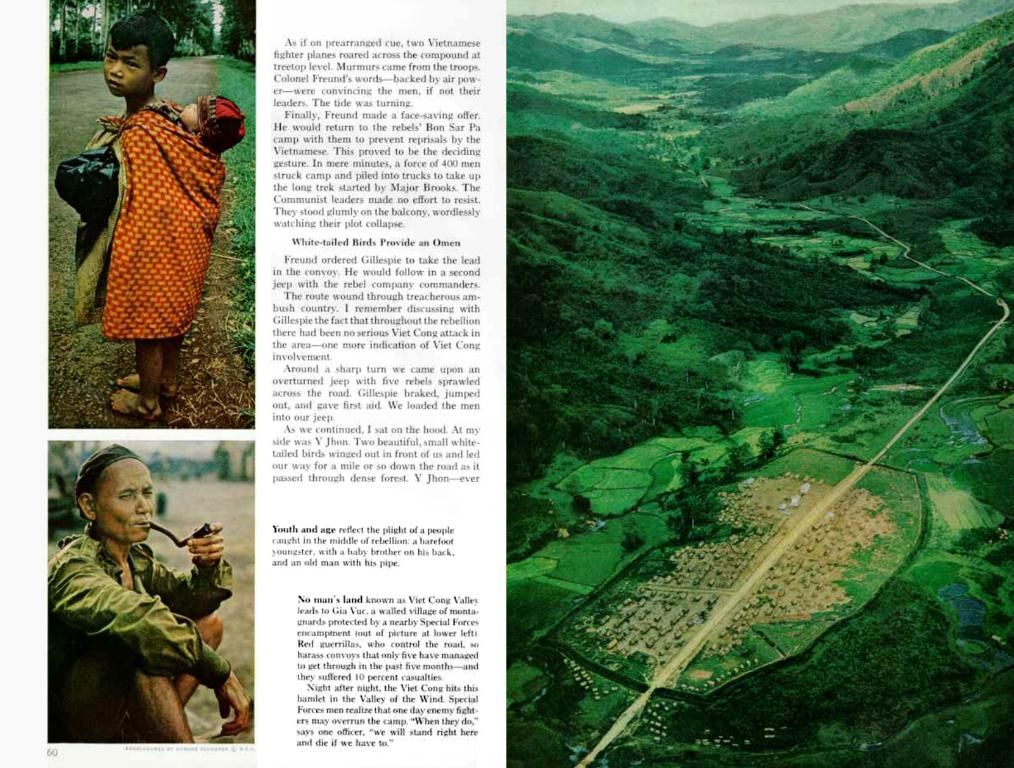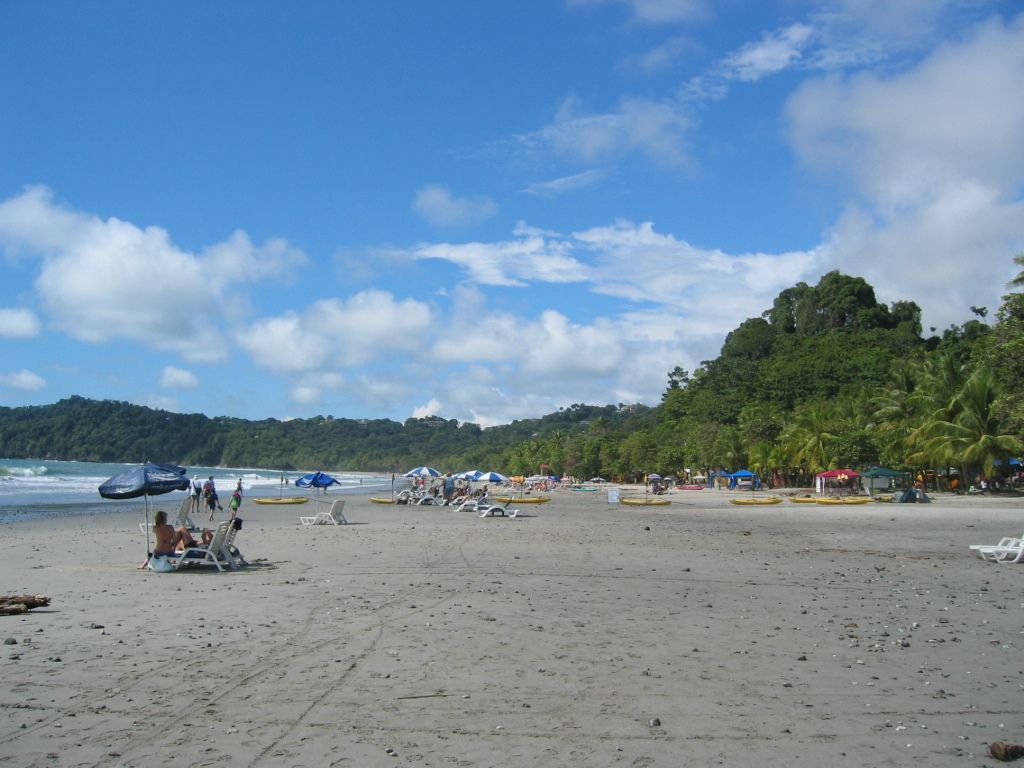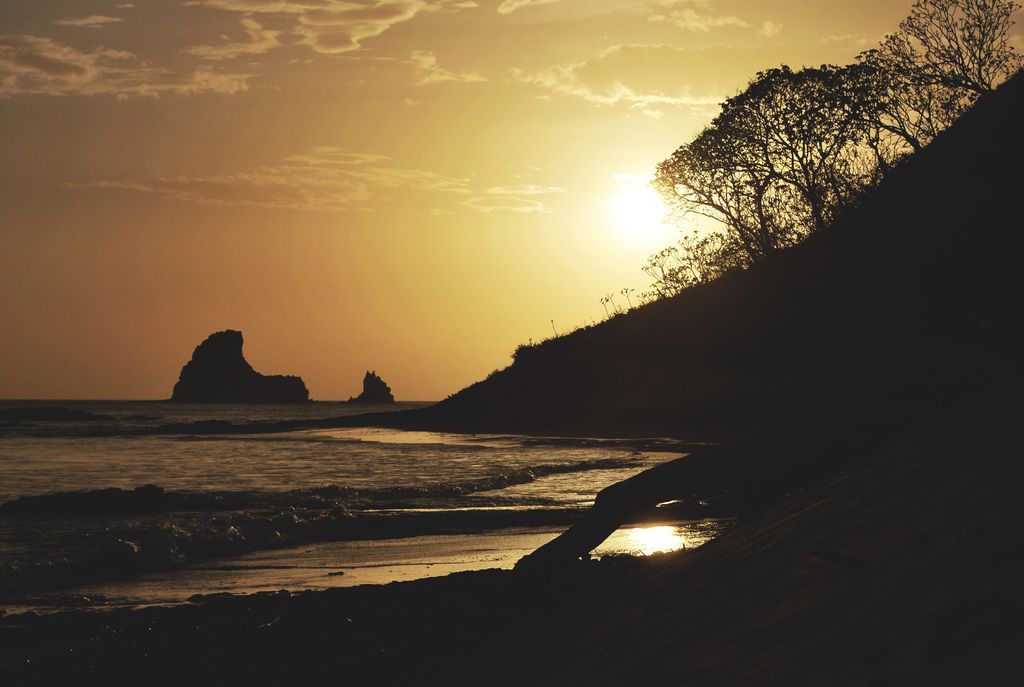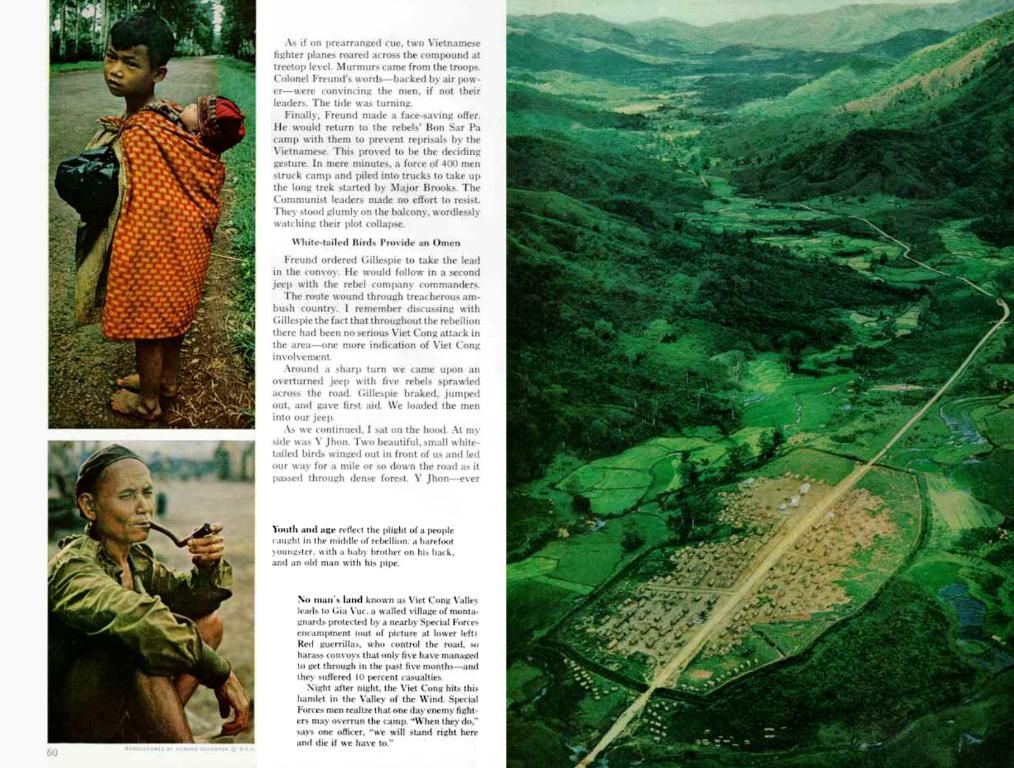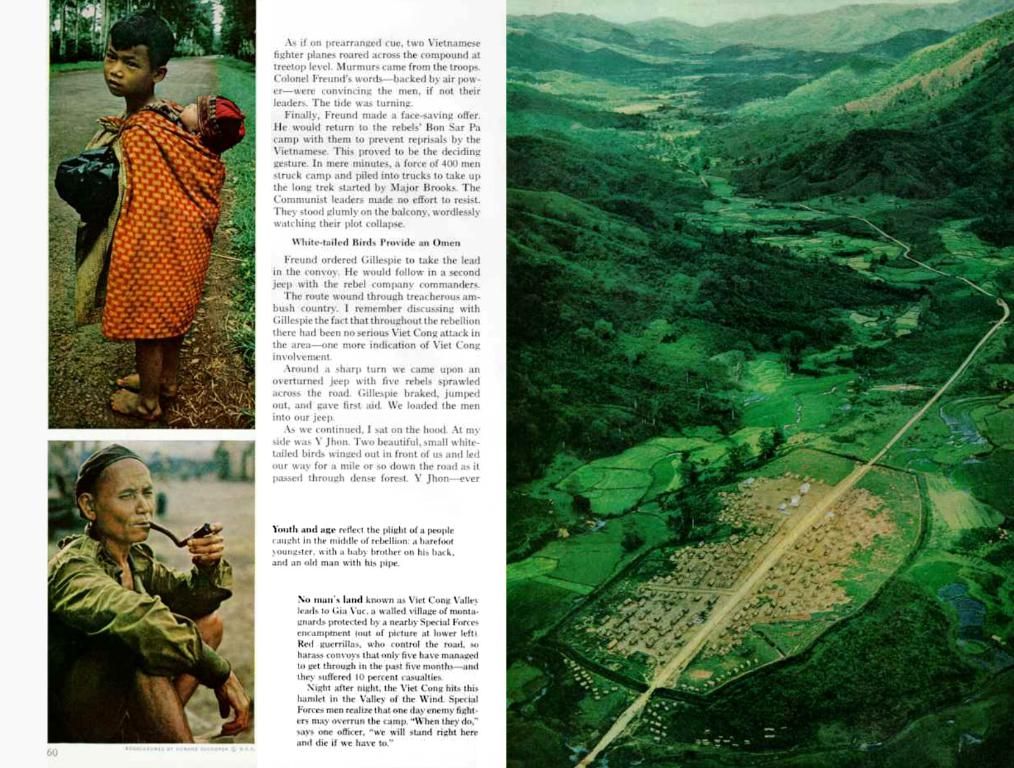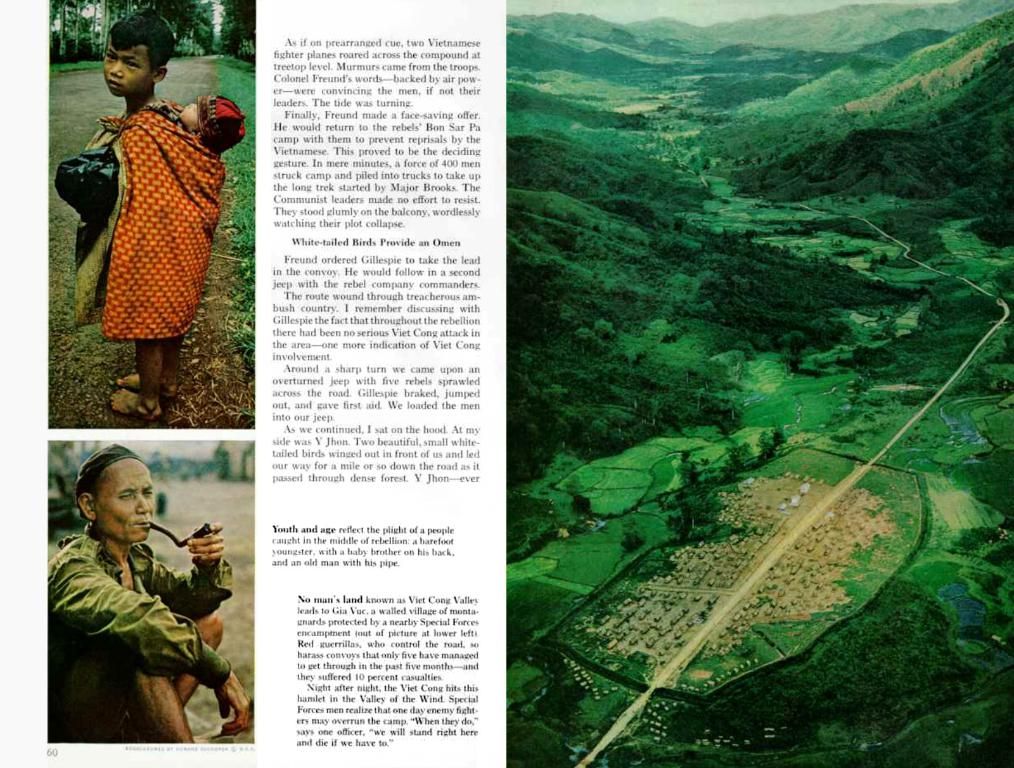Strategies for Avoiding Foot Blisters During Hiking Excursions
Hiking without blistered feet is like running a marathon barefoot - it's a miserable experience no one wants. Here's a lowdown on how to avoid such a fate and dodge those aggravating hot spots.
What Triggers Blisters?
Feet blisters often result from friction, caused when your footwear grinds against your skin, resulting in painful, annoying sores. Causes include ill-fitting shoes, socks that don't suit you right, unbroken-in boots, and other factors. moisture+friction combo is a blister's best friend, especially when hiking in the rain.
Let's Avoid Blisters while Hiking
- Say 'No' to Cotton Socks: When it comes to blister prevention, the secret ingredient is the right sock for your hike! Avoid cotton socks at all costs - they absorb sweat, making your feet even wetter and more prone to blisters. Opt for synthetic materials or wool blends that help whisk away moisture.
Read more about *Hiking Socks That Won't Give You Blisters*
- Sock Liners Save Lives: A sock liner is a thin, tight-fit layer that you can wear beneath your regular hiking socks. It acts as a sponge, absorbing moisture, and keeping your foot from getting too wet. It also creates a guard between your skin and the sock, halting the friction that causes blisters.
Check out *The Best Hiking Sock Liners for Preventing Blisters*
- Comfortable Footwear Rules: A top-notch way to prevent blisters while hiking is wearing comfy, well-fit shoes! Ensure any shoe or boot fits well before starting at the trailhead, and never hike with worn-out soles as they will torment you throughout your hike. Take a few minutes to hike, then stop and adjust your boots as needed. Proper footwear watch will help you avoid blisters during your hike.
- Pre-Adventure Break-Ins: Break in your boots by wearing them in small bouts and under varying conditions before using them on lengthy trips or more strenuous hikes.
- Ignore the Pain at Your Peril: Nip hot spots in the bud to prevent them from progressing into blisters. If you feel any spots starting to rub, halt and retie your laces to make the best fit for your footwear. If this doesn't help, you can apply some blister prevention materials, like moleskin or duct tape, to the hot spot to help it heal.
- Take Breaks: For long hikes, take breaks as needed to let your feet air out and dry off. Keep a check on moisture build-up, as it can cause future friction and blisters. If you take a lunch break or a long pause, don't hesitate to remove your boots and let your feet breathe. Just remember to tighten your shoes before putting them back on.
- Duct Tape vs Mole Skin: Both moleskin and duct tape are effective for blister prevention and treatment on the trail. Learn more about *Moleskin vs Duct Tape for Blisters and How to Use Duct Tape to Treat Blisters.
Treating Blisters on the Go
If you do get a blister while hiking, don't despair! Here are some ways to treat it and keep on trekking. The first step is to cease hiking - it might seem obvious but sometimes we push through the pain to reach our destination. If the blister is small, you can usually just pop it and keep going. But if the blister is large or already burst, then you'll need to cover it with some moleskin or medical tape. Consider swapping out your socks, adding a sock liner (if you haven't already), or airing out your feet. If all else fails, finish your hike and let the hot spot heal before adventuring out again.
Blister Kit
This blister kit from Adventure Medical Kits has everything you need to treat and prevent blisters on trail in one neat little pouch! We never head out on trail without one.
*Get Your Kit Here*Blisters will heal within a few weeks, but hiking on an injured foot could cause even more damage and pain or even an infection. One of the most crucial things you can do on a hike is to prioritize your foot care, and they will reward you by taking care of you.
The Final Word
When the question is "how to prevent blisters while hiking," the answer is socks made of wool or synthetic materials, sock liners, properly fitted shoes, and carrying blister-treatment items with you at all times. Blisters can put a damper on your hike, especially when they strike early on. But by taking proper precautions before your trek and treating existing ones promptly, you can minimize their impact on your hiking adventure.
Frequently Asked Questions
Can Vaseline Prevent Blisters?
No, Vaseline does not prevent blisters. Your socks will absorb most of it, leading to blistering anyways. The goo will take many washes to remove, and it will ruin your expensive hiking boots by softening the leather and causing the midsole to delaminate. Instead, focus on proper fitting boots and sock liners.
How Do You Prevent a Blister From Forming?
Practice the tips listed above, and you'll have no blister woes! Wear well-fitted hiking boots with the laces properly secured, wool socks with sock liners, and avoid cotton. Break in your boots in small bouts before embarking on longer hikes.
Is Duct Tape Good for Blisters?
If a blister hasn't formed yet, and it is just a hot spot, you can put duct tape directly on it. If a blister is forming, cover it with gauze or moleskin first, then tape the larger area around it. Some hikers swear by duct tape, claiming it outperforms pricier options like traditional moleskin or brands like Rock Tape. We haven't tried it, but we wouldn't be opposed to giving it a shot.
Does Baby Powder Prevent Blisters?
Since one of the main causes of blister formation is moisture, using a powder like talcum powder can help absorb sweat and act as a lubricant. What's the difference between talcum powder and baby powder? Talc is a main ingredient in baby powder but often includes other ingredients and fragrances. Feel free to use baby powder or purchase pure talc powder without the extras.
During a hike, the right choice of hiking socks and sock liners can significantly reduce the risk of blisters. For instance, steel-cut Synthetic materials or wool blends are recommended over cotton socks, as they help in managing moisture and preventing friction.
Integrating fitness and health-and-wellness practices into your hiking routine can also contribute to blister prevention. Regular exercise to enhance foot strength, and pre-adventure break-ins for your hiking boots to ensure a comfortable fit, are two important factors to consider.
